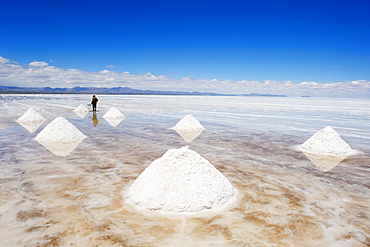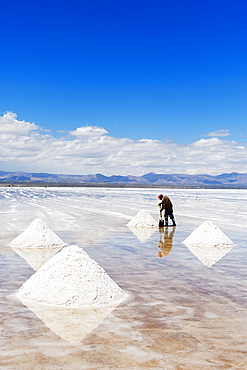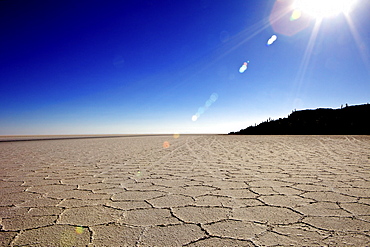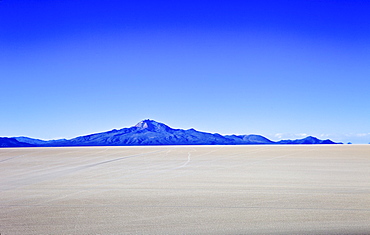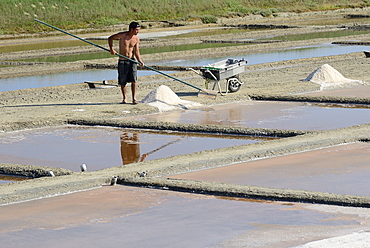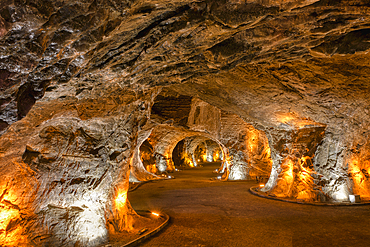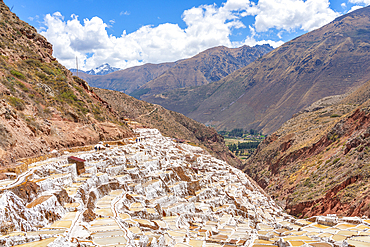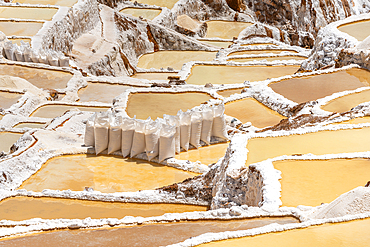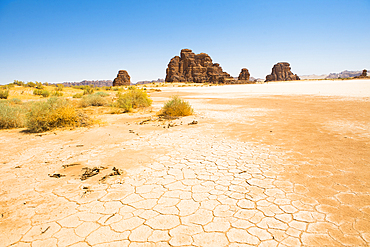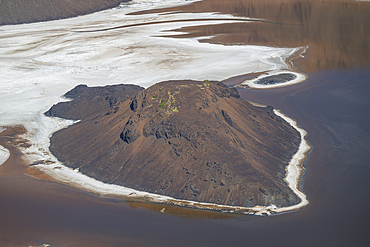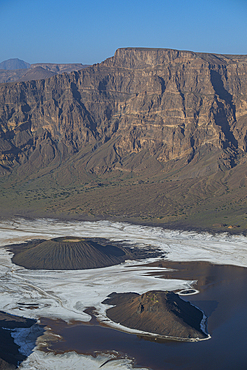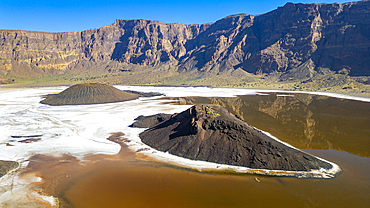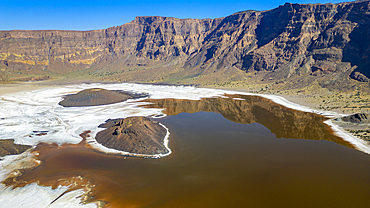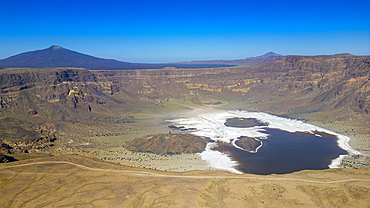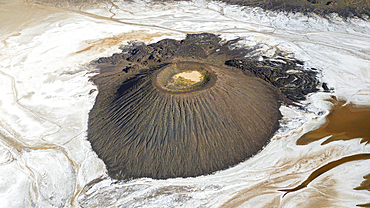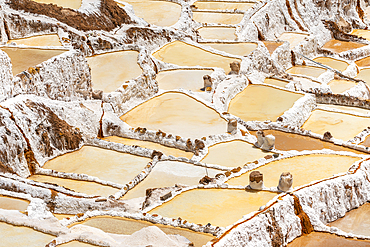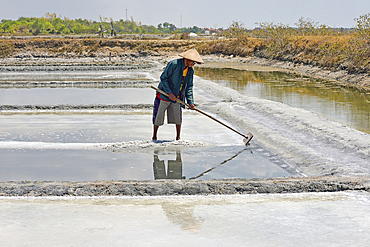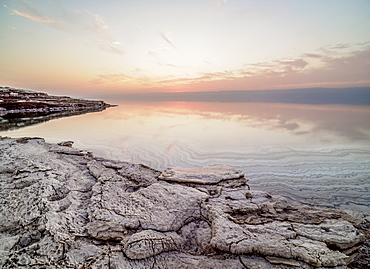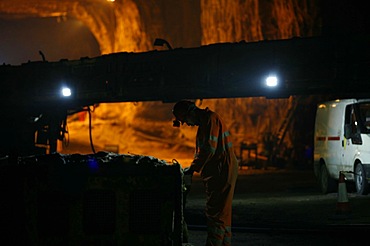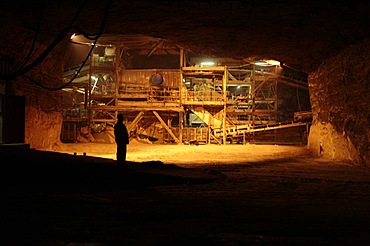Results
49 results found
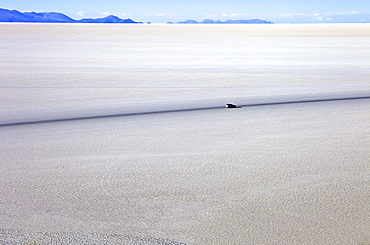
Salar de Uyuni is the largest salt flat in the world and is in South West Bolivia, Bolivia, South America
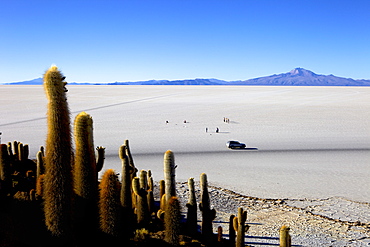
Cacti on Isla de los Pescadores, Volcan Tunupa and the salt flats, Salar de Uyuni, Southwest Highlands, Bolivia, South America
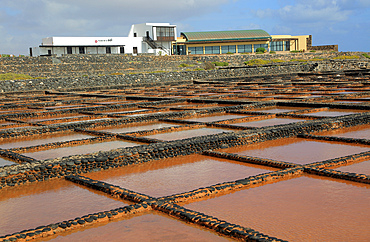
Evaporation of sea water in salt pans, Museo de la Sal (Salt Museum), Las Salinas del Carmen, Fuerteventura, Canary Islands, Spain, Atlantic, Europe
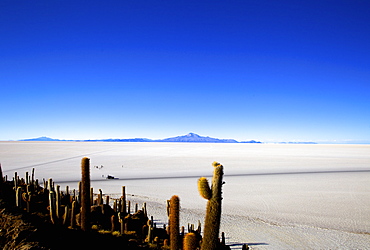
Cacti on Isla de los Pescadores, Volcan Tunupa and the salt flats, Salar de Uyuni, Southwest Highlands, Bolivia, South America
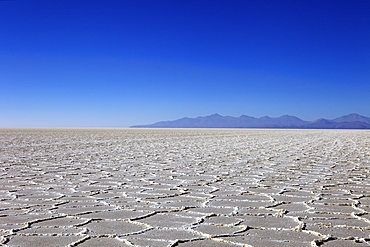
Details of the salt deposits in the Salar de Uyuni salt flat and the Andes mountains in the distance in south-western Bolivia, Bolivia, South America
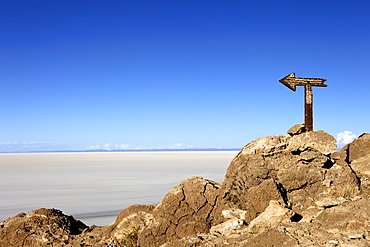
Cactus arrow on Isla de los Pescadores and the salt flats, Salar de Uyuni, Southwest Highlands, Bolivia, South America

Cacti on Isla de los Pescadores and salt flats, Salar de Uyuni, Southwest Highlands, Bolivia, South America

Cacti on Isla de los Pescadores and salt flats, Salar de Uyuni, Southwest Highlands, Bolivia, South America

Cactus arrow on Isla de los Pescadores, Volcan Tunupa and the salt flats, Salar de Uyuni, Southwest Highlands, Bolivia, South America
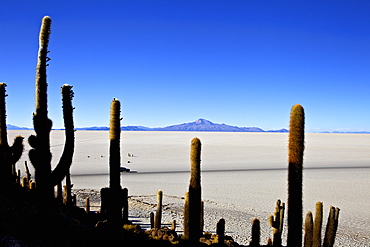
Cacti on Isla de los Pescadores, Volcan Tunupa and the salt flats, Salar de Uyuni, Southwest Highlands, Bolivia, South America
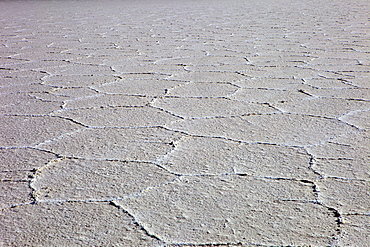
Details of the salt deposits in the Salar de Uyuni salt flat, southwestern Bolivia, Bolivia, South America

Cacti on Isla de los Pescadores and the salt flats of Salar de Uyuni, Southwest Highlands, Bolivia, South America

Cacti on Isla de los Pescadores, Volcan Tunupa and the salt flats, Salar de Uyuni, Southwest Highlands, Bolivia, South America

Cacti on Isla de los Pescadores and the salt flats of Salar de Uyuni, Southwest Highlands, Bolivia, South America

Cacti on Isla de los Pescadores and the salt flats of Salar de Uyuni, Southwest Highlands, Bolivia, South America

Cacti on Isla de los Pescadores and the salt flats of Salar de Uyuni, Southwest Highlands, Bolivia, South America
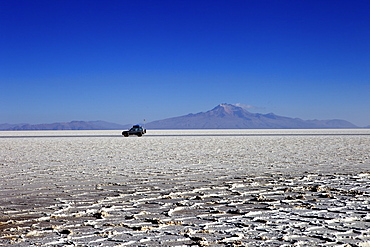
A 4x4 on Salar de Uyuni, the largest salt flat in the world, South West Bolivia, Bolivia, South America
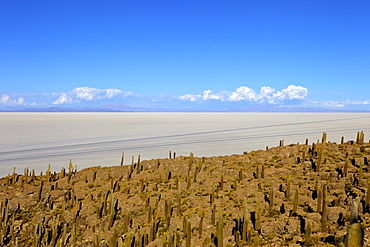
Cacti on Isla de los Pescadores and the salt flats, Salar de Uyuni, Southwest Highlands, Bolivia, South America
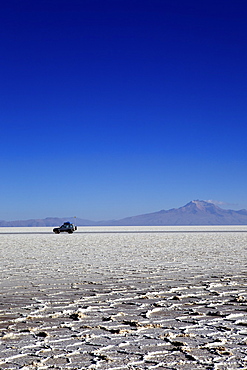
A 4x4 on Salar de Uyuni, the largest salt flat in the world, South West Bolivia, Bolivia, South America
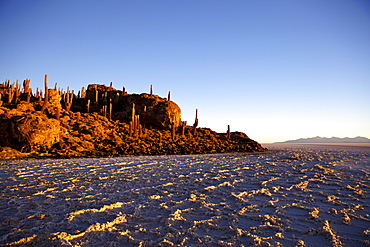
Cacti at sunset on Isla de los Pescadores and salt flats, Salar de Uyuni, Southwest Highlands, Bolivia, South America

February 11, 2008 - Dallol geothermal area, egg-shaped fumarole deposits formed in salt deposits of brine hot springs, Danakil Depression, Ethiopia.
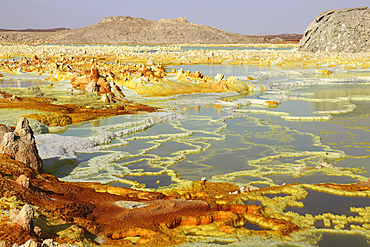
January 27, 2011 - Dallol geothermal area, potassium salt deposits formed by brine hot springs, Danakil Depression, Ethiopia.

January 27, 2011 - Dallol geothermal area, potassium salt deposits formed by brine hot springs, Danakil Depression, Ethiopia.
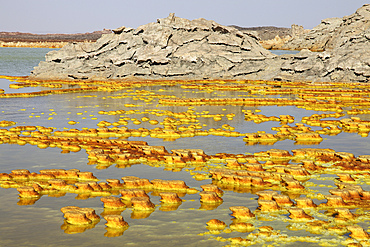
January 27, 2011 - Dallol geothermal area, potassium salt deposits formed by brine hot springs, Danakil Depression, Ethiopia.
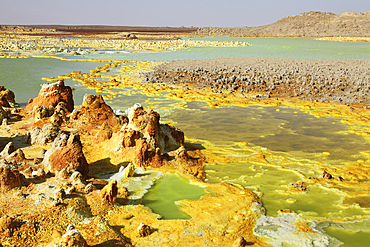
January 27, 2011 - Dallol geothermal area, potassium salt deposits formed by brine hot springs, Danakil Depression, Ethiopia.
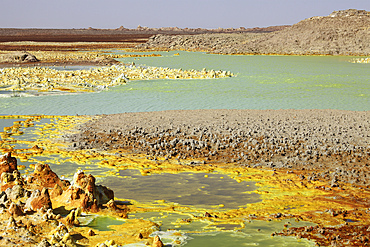
January 27, 2011 - Dallol geothermal area, potassium salt deposits formed by brine hot springs, Danakil Depression, Ethiopia.
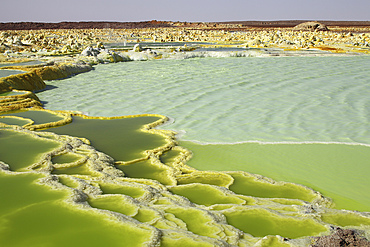
January 27, 2011 - Dallol geothermal area, terraces, potassium salt deposits formed by brine hot springs, Danakil Depression, Ethiopia.
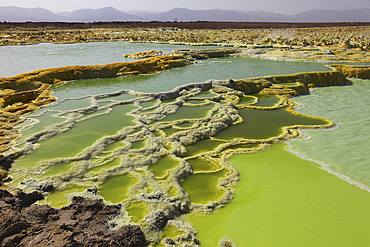
January 27, 2011 - Dallol geothermal area, terraces of potassium salt deposits formed by brine hot springs, Danakil Depression, Ethiopia.
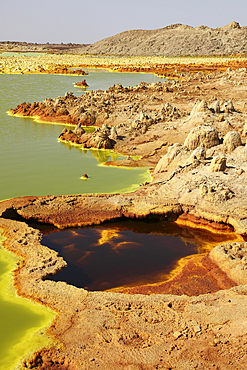
January 27, 2011 - Dallol geothermal area, potassium salt deposits formed by brine hot springs, Danakil Depression, Ethiopia.
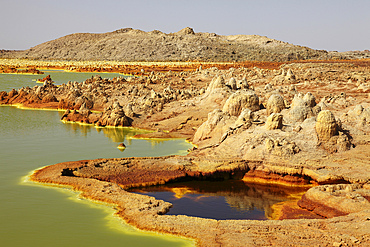
January 27, 2011 - Dallol geothermal area, potassium salt deposits formed by brine hot springs, Danakil Depression, Ethiopia.

Salt terraces in the Sacred Valley where people are still mining and sifting the terraced pools as the Incas did 1000 years ago, Peru, South America
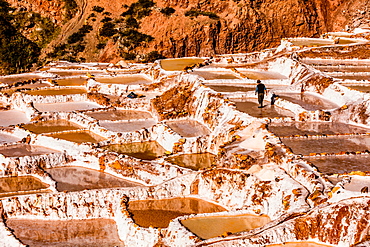
Salt terraces in the Sacred Valley where people are still mining and sifting the terraced pools as the Incas did 1000 years ago, Peru, South America

Salt terraces in the Sacred Valley where people are still mining and sifting the terraced pools as the Incas did 1000 years ago, Peru, South America
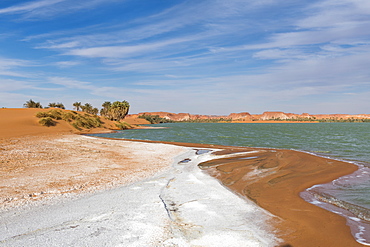
Salt crust at the shores of Ounianga Kebir part of the Ounianga lakes, UNESCO World Heritage Site, northern Chad, Africa
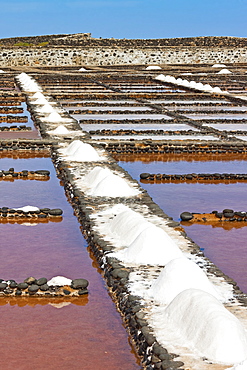
Salt pans still in use at El Carmen Salinas and Salt Museum on the east coast, Caleta de Fuste, Fuerteventura, Canary Islands, Spain, Europe
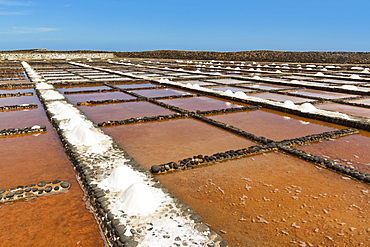
Salt pans still in use at El Carmen Salinas and Salt Museum on the east coast, Caleta de Fuste, Fuerteventura, Canary Islands, Spain, Europe
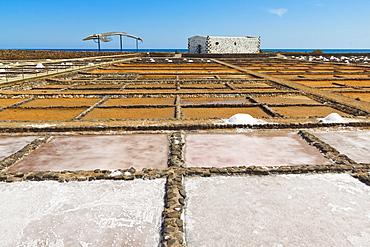
Salt pans still in use at El Carmen Salinas and Salt Museum on the east coast, Caleta de Fuste, Fuerteventura, Canary Islands, Spain, Europe
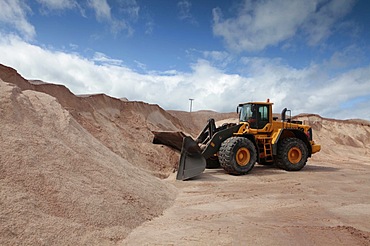
Winsford, a small village in Cheshire with a mine that supplies nearly 60% of the country's grit salt.. .
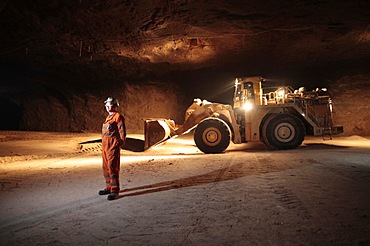
Mining grit salt is very different to the traditional image of cramped dark areas and men with pickaxes! The nature of grit salt mines mean they resemble vast caverns, up to 20 metres wide.

The mine uses the most sophisticated modern mining techniques to bring grit salt to the surface, including a laser guided JOY excavator and mechanical drills and lift.

Mining grit salt is very different to the traditional image of cramped dark areas and men with pickaxes! The nature of grit salt mines mean they resemble vast caverns, up to 20 metres wide. .

Winsford, a small village in Cheshire with a mine that supplies nearly 60% of the country's grit salt..

Mining grit salt is very different to the traditional image of cramped dark areas and men with pickaxes! The nature of grit salt mines mean they resemble vast caverns, up to 20 metres wide.
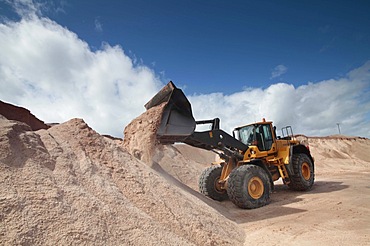
Winsford, a small village in Cheshire with a mine that supplies nearly 60% of the country's grit salt..
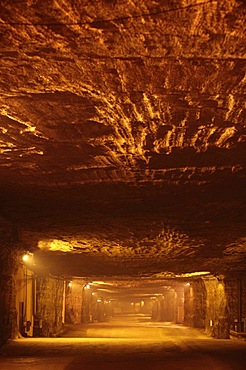
Mining grit salt is very different to the traditional image of cramped dark areas and men with pickaxes! The nature of grit salt mines mean they resemble vast caverns, up to 20 metres wide.

The mine uses the most sophisticated modern mining techniques to bring grit salt to the surface, including a laser guided JOY excavator and mechanical drills and lift.

Grit salt remains the most commonly used method of removing ice and snow from the ground. All kinds of salt are effective at breaking up ice crystals, but grit salt is the preferred method for use in salt-spreading machines as long as the grit salt is kept dry. The grit salt also adds some friction to flat areas, making the ground better for tyres and shoes to grip on to.? . "

Mining grit salt is very different to the traditional image of cramped dark areas and men with pickaxes! The nature of grit salt mines mean they resemble vast caverns, up to 20 metres wide.
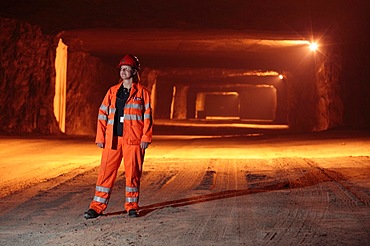
Mining grit salt is very different to the traditional image of cramped dark areas and men with pickaxes! The nature of grit salt mines mean they resemble vast caverns, up to 20 metres wide. .

Winsford, a small village in Cheshire with a mine that supplies nearly 60% of the country's grit salt..

The mine uses the most sophisticated modern mining techniques to bring grit salt to the surface, including a laser guided JOY excavator and mechanical drills and lift.

The mine uses the most sophisticated modern mining techniques to bring grit salt to the surface, including a laser guided JOY excavator and mechanical drills and lift.
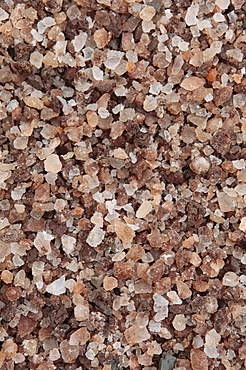
Grit salt remains the most commonly used method of removing ice and snow from the ground. All kinds of salt are effective at breaking up ice crystals, but grit salt is the preferred method for use in salt-spreading machines as long as the grit salt is kept dry. The grit salt also adds some friction to flat areas, making the ground better for tyres and shoes to grip on to.? . "

Mining grit salt is very different to the traditional image of cramped dark areas and men with pickaxes! The nature of grit salt mines mean they resemble vast caverns, up to 20 metres wide.
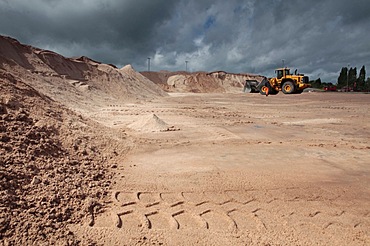
Winsford, a small village in Cheshire with a mine that supplies nearly 60% of the country's grit salt..

Mining grit salt is very different to the traditional image of cramped dark areas and men with pickaxes! The nature of grit salt mines mean they resemble vast caverns, up to 20 metres wide. .
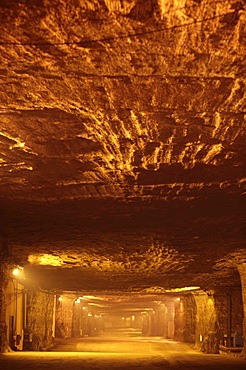
Mining grit salt is very different to the traditional image of cramped dark areas and men with pickaxes! The nature of grit salt mines mean they resemble vast caverns, up to 20 metres wide.

Mining grit salt is very different to the traditional image of cramped dark areas and men with pickaxes! The nature of grit salt mines mean they resemble vast caverns, up to 20 metres wide.
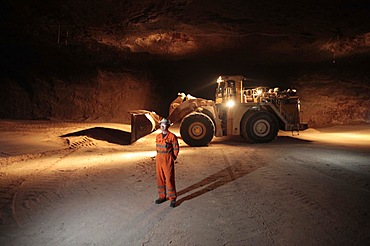
Mining grit salt is very different to the traditional image of cramped dark areas and men with pickaxes! The nature of grit salt mines mean they resemble vast caverns, up to 20 metres wide.
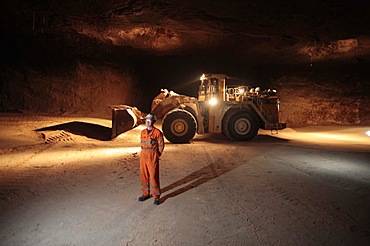
Mining grit salt is very different to the traditional image of cramped dark areas and men with pickaxes! The nature of grit salt mines mean they resemble vast caverns, up to 20 metres wide.
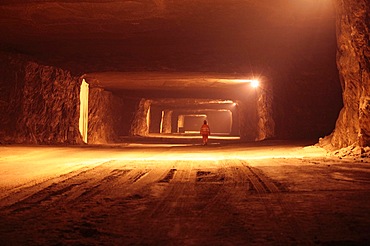
Mining grit salt is very different to the traditional image of cramped dark areas and men with pickaxes! The nature of grit salt mines mean they resemble vast caverns, up to 20 metres wide. .

Mining grit salt is very different to the traditional image of cramped dark areas and men with pickaxes!.
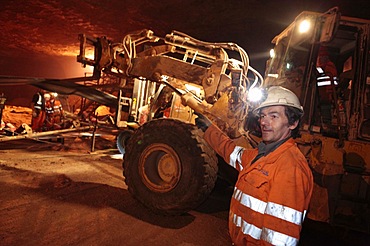
The mine uses the most sophisticated modern mining techniques to bring grit salt to the surface, including a laser guided JOY excavator and mechanical drills and lift.

Mining grit salt is very different to the traditional image of cramped dark areas and men with pickaxes! The nature of grit salt mines mean they resemble vast caverns, up to 20 metres wide. .
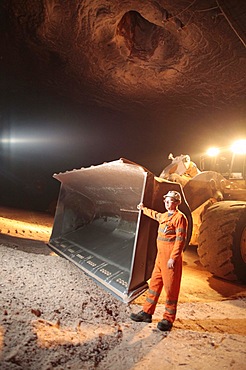
Mining grit salt is very different to the traditional image of cramped dark areas and men with pickaxes! The nature of grit salt mines mean they resemble vast caverns, up to 20 metres wide.
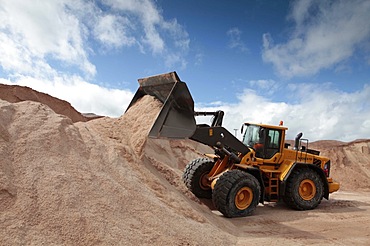
Winsford, a small village in Cheshire with a mine that supplies nearly 60% of the country's grit salt..

Mining grit salt is very different to the traditional image of cramped dark areas and men with pickaxes! The nature of grit salt mines mean they resemble vast caverns, up to 20 metres wide. .

The mine uses the most sophisticated modern mining techniques to bring grit salt to the surface, including a laser guided JOY excavator and mechanical drills and lift.
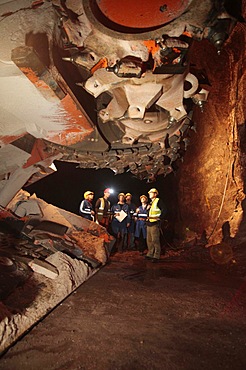
The mine uses the most sophisticated modern mining techniques to bring grit salt to the surface, including a laser guided JOY excavator and mechanical drills and lift.
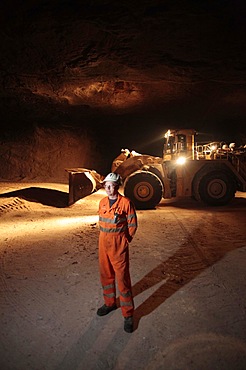
Mining grit salt is very different to the traditional image of cramped dark areas and men with pickaxes! The nature of grit salt mines mean they resemble vast caverns, up to 20 metres wide.
